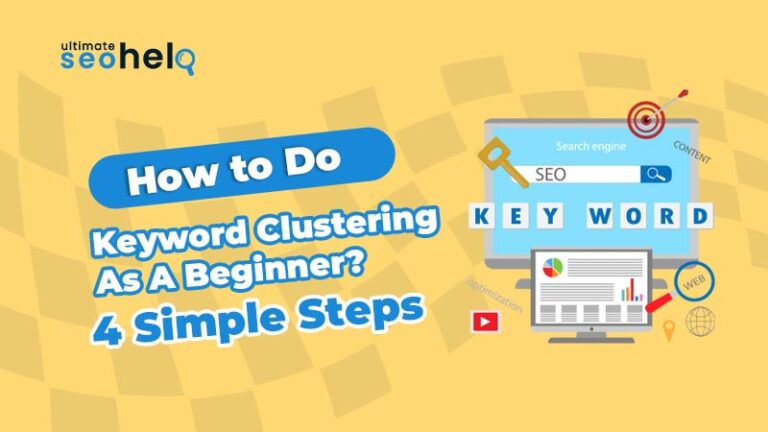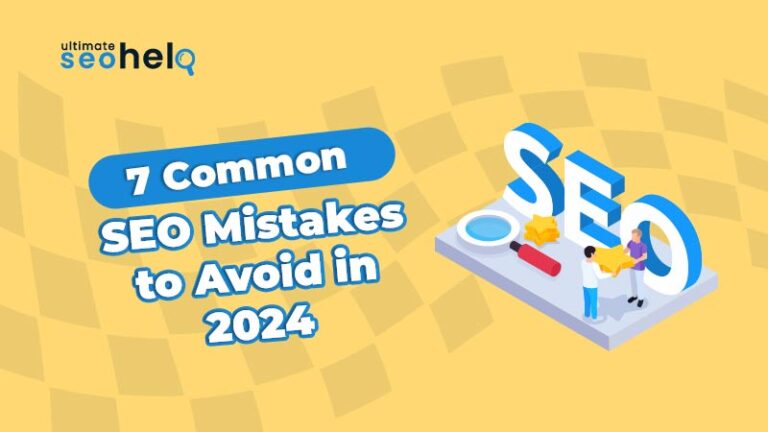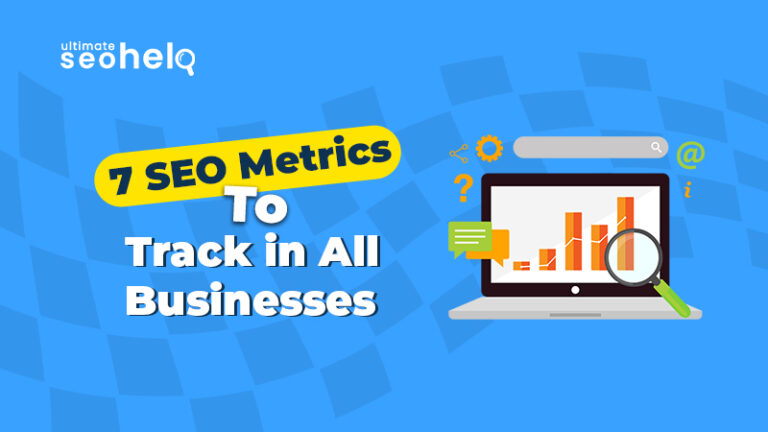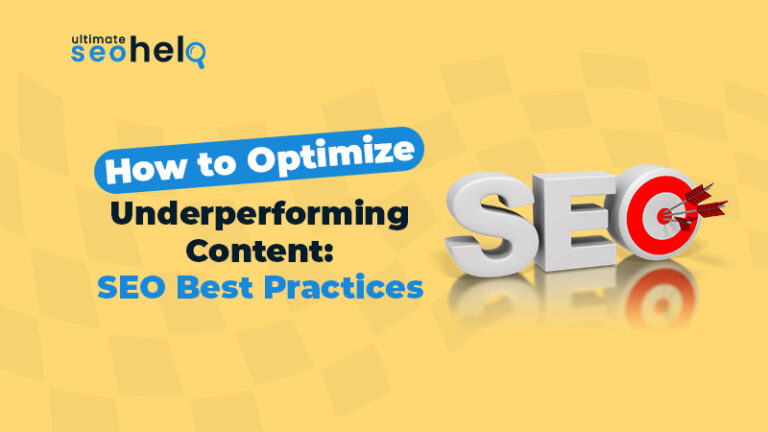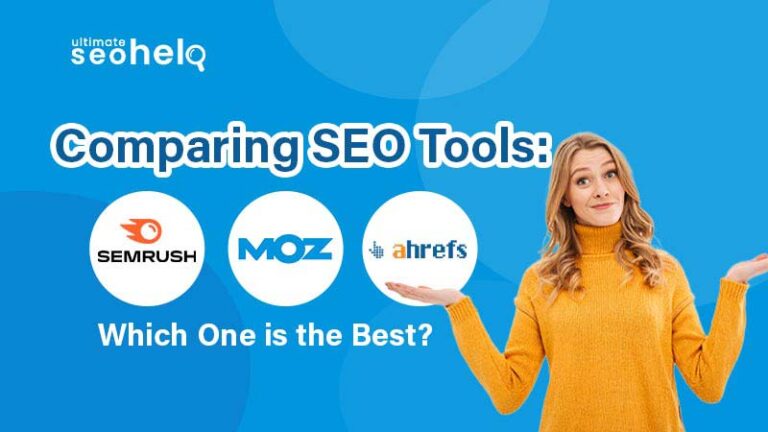Google Search Console (previously known as Google Webmaster Tools) is an excellent free SEO tool from Google for every site that uses Google Search to drive traffic. It comes as part of your Google account. By definition, Google Search Console is not a keyword research tool; however, it is often used for analyzing the organic search performance of your website. If your website receives organic traffic and meaningful data from the past 3-6 months, you can surely use GSC as a keyword research tool.
Although, doing keyword research on GSC will be different from the process of using a typical keyword research tool, it is most likely to help you find keywords relevant to your website. This is because you are not tapping into your competitors or trying to look for entirely new keywords to apply. Instead, you focus on where you currently stand in Google’s search results and make the most of the areas where Google already believes you to be an expert.
Are you ready? Let’s hop in!
6 Steps-By-Step Guide to Use Google Search Console as SEO & Keyword Research Tool
When it comes to optimizing your website for search engines, Google Search Console is an invaluable tool. Not only does it provide essential insights into how your website is performing in search results, but it also works as a keyword research tool and offers valuable data showing which keywords are ranking well. If used in a right way, it can help you get relevant traffic to your site. So, let us check out a step-by-step guide to using GSC for SEO & keyword research:
1. Set Up Your Googe Console
Before you can leverage the power of Google Search Console, you must set it up for your website.
- Simply go to the Google Search Console website and add your website as a new property.
- Follow the steps to verify ownership.
- Once verified, you’ll access the full range of features and data from Google Search Console.
2. Analyze Your Performance Data
Once you have set up Google Search Console, you can dive into the performance data of your website.
- The performance report shows valuable information about your website’s appearance in search results, including impressions, clicks, click-through rates (CTR), and average position.
- This data can help you identify which keywords are generating the most traffic and the pages that are performing well.
- Analyzing this data allows you to make informed decisions about optimizing your content for improved search visibility.
3. Identify Keyword Opportunities
One of the most powerful features of Google Search Console is the Search Analysis report.
- This report allows you to see the search queries driving traffic to your website.
- Analyzing this data lets you identify valuable keyword opportunities you may not have initially targeted.
- Look for frequently used search terms with a high click-through rate (CTR) but a lower average position.
- These are keywords that you can focus on optimizing further to boost your website’s visibility in search results
4. Optimize Your Content
With the insights gained from Google Search keyword e Console, you can optimize your website’s content for better search engine rankings.
- Use the identified keywords to enhance your existing pages, create new content around those keywords. Remember to update meta titles and descriptions to align with popular search terms.
- By optimizing your content based on the search queries driving traffic to your website, you increase the likelihood of capturing more organic traffic.
5. Monitor Your Progress
- Regularly monitor your website’s performance and keyword ranking using Google Search Console.
- Keep an eye on impressions, clicks, click-through rates, and average position changes. Identify any fluctuations and investigate the reasons behind them.
- This ongoing monitoring allows you to make necessary adjustments and capitalize on emerging opportunities.
- It also helps you track the effectiveness of your SEO efforts and measures your progress over time.
6. Submit a Sitemap and Check for Errors
As part of your SEO strategy, submitting a sitemap of our website to Google Search Console is essential.
- This helps search engines crawl and index your pages more effectively.
- Additionally, regularly check the Index Coverage report to identify any errors or indexing issues hindering your website’s visibility.
- Resolve these errors promptly to ensure your website is appropriately indexed and accessible to search engines and users.
Good Keyword Research Is Just the Beginning….
This Google Search Console Ultimate Guide will help you set up your search console account and use it to find keywords that matter to you. However, you can learn how to use Google Search Console to its full potential but doing that alone won’t be enough! You must get familiar with all the parts of SEO to utilize all the data metrics to boost your SERP ranking. That includes – On-Page SEO, Off-Page SEO, Technical SEO, and more… Keep reading our blogs to stay informed about all news regarding SEO.


